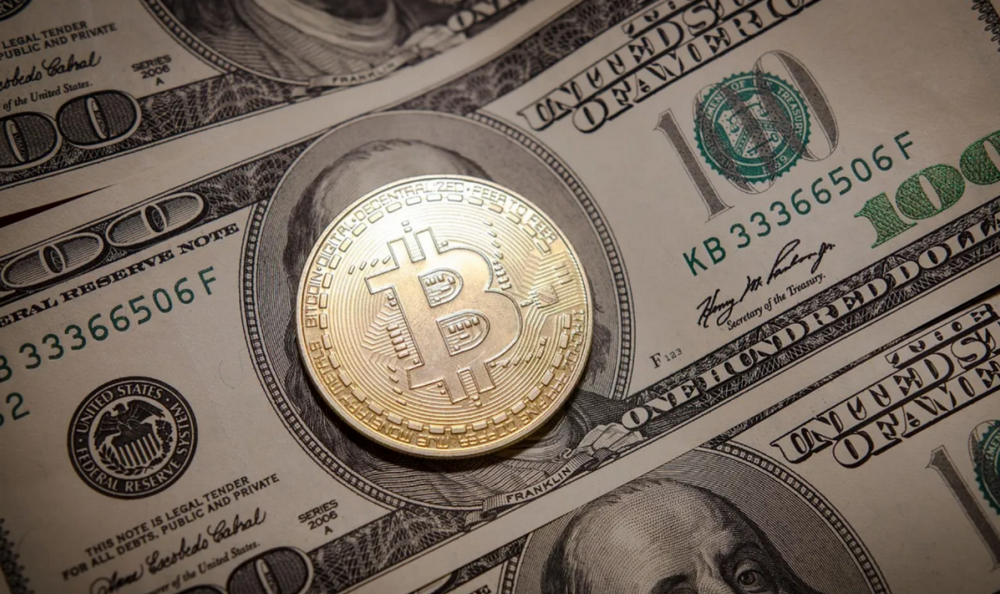Vitalik: More pessimistic about capacity expansion through the second layer network, Zk-Snarks and sidechain solutions are more effective
According to Trustnodes' August 22 report, Ethereum co-founder and developer Vitalik Buterin recently publicly stated that he is passing a second-tier network (L2) such as Lightning Network (LN) or ETH still under development. The version of Plasma is a bit pessimistic for expansion. He said:
“Over time, I’m getting more and more pessimistic about the L2 data. Vlad Zamfir is right; they’re hard to build, they require too much application-level reasoning about incentives, and it’s hard to scale up applications.”

Image source: visualhunt
- Blockchain and the future of the intelligent revolution
- Market Analysis: External factor disturbances tend to weaken the impact on the cryptocurrency market
- Winklevoss brothers talk about bitcoin: "Wall Street is absent-minded"
Buterin is a consultant to Plasma, or at least as an advisor to Plasma's ICO project OmiseGo in 2017.
In the past two years, he seems to have been working closely with the project's lead developer, Joseph Poon. Buterin said:
“Data withholding is one of the most difficult and risky tasks in designing an incentive program!
It is difficult to expand the application because they require the beneficiary to have specific reasoning skills (who has the right to withdraw from the Uniswap contract on the Plasma chain and who has the right to withdraw from the root ENS contract?)
In addition, when you can change your account without the recipient's consent, it will become more difficult for Plasma to quit the game because you can't assume that honest users know their latest status.
The channel simply cannot support "public interest objects" (such as Uniswap). ” He specifically mentioned the use of "chain data L2", such as Zk-Snarks-based expansion solutions to alleviate this situation.
In short, these solutions use Snarks to create various types of small sidechains to record the flow of funds stored in smart contracts, with the end result of compressing transactions by bundling transactions in these sidechain blocks, these sidechain blocks. Converted to some data/bytes stored on the chain, the data size is much smaller than the normal transaction.
In answering questions about how the data on the chain works, Vitalik Buterin said:
"On the chain, you only need to do an interactive verification game to find out who has a bad state. Class IV games are very good for defenders, so you don't need to care who has enough motivation to defend."
This scalable Snarks or Starks app was only discovered this year, and it may be especially a backend solution, because conceptually it might evolve to just copy and paste some lines of code and then Integrate into your Dapp and you're done.
This approach also avoids many of the pitfalls of LN, Plasma, or similar schemes. The most important of these is that it does not require collateral and does not require some degree of "manual" accounting. A file on your local computer can record a transaction.
This "manual" accounting or local record keeping can cause the solution to become a trusted intermediary called "watchtowers".
This may be unpopular because it may have a fundamental technical flaw, that is, the transaction cost of the lightning network may be much higher than the transaction cost of the chain.
We all know that there is no public model of LN economics, and there is no even basic mathematical model, but recently there is news that someone has locked in $5 million worth of bitcoin, but the monthly earned transactions from LN. The fee is only $20.
This obviously doesn't work, because the $0.1 fee on the Lightning Network must pay for the transaction on the Bitcoin chain, and the bitcoin chain cost itself is several times higher. This has not yet taken into account the opportunity cost of locking in the $5 million in profits, or the cost of safely operating this super-large LN node.
In LN, they did talk about the so-called channel squared, or what they called the factory, in order to avoid the chain transactions, and the resulting costs, but the last time we saw, but were told that these are still only theoretically.
Therefore, one might realize that this method may not solve the scalability problem well in addition to the very small niche case.
But the compression scheme through snarks may work, and the sidechains are fine, especially in smart contract systems like Ethereum. They are called fragmentation techniques, and although they differ, they are conceptually the same.
Whether the two can work in a decentralized and trust-free way remains to be seen in the future. But we are likely to find that Nakamoto's ideas are ultimately correct.
We will continue to update Blocking; if you have any questions or suggestions, please contact us!
Was this article helpful?
93 out of 132 found this helpful
Related articles
- China countered, the US stocks collapsed, and Bitcoin laughed.
- A bit of a bit of a bitcoin contract: Prosperous derivatives will pave the way for institutional investors
- The central bank issued the "FinTech Development Plan": Strengthening the development and application of distributed databases
- He donated $100,000 in bitcoin to the Amazon Rainforest but was dismissed by BitPay.
- Bitcoin volatility is too high, but I still continue to hold bitcoin
- Bitcoin for $0.32, they dreamed back to 2009 today
- Why do Morgan, Facebook, Wal-Mart and other giants tend to use the alliance chain to release stable coins instead of public chains?






